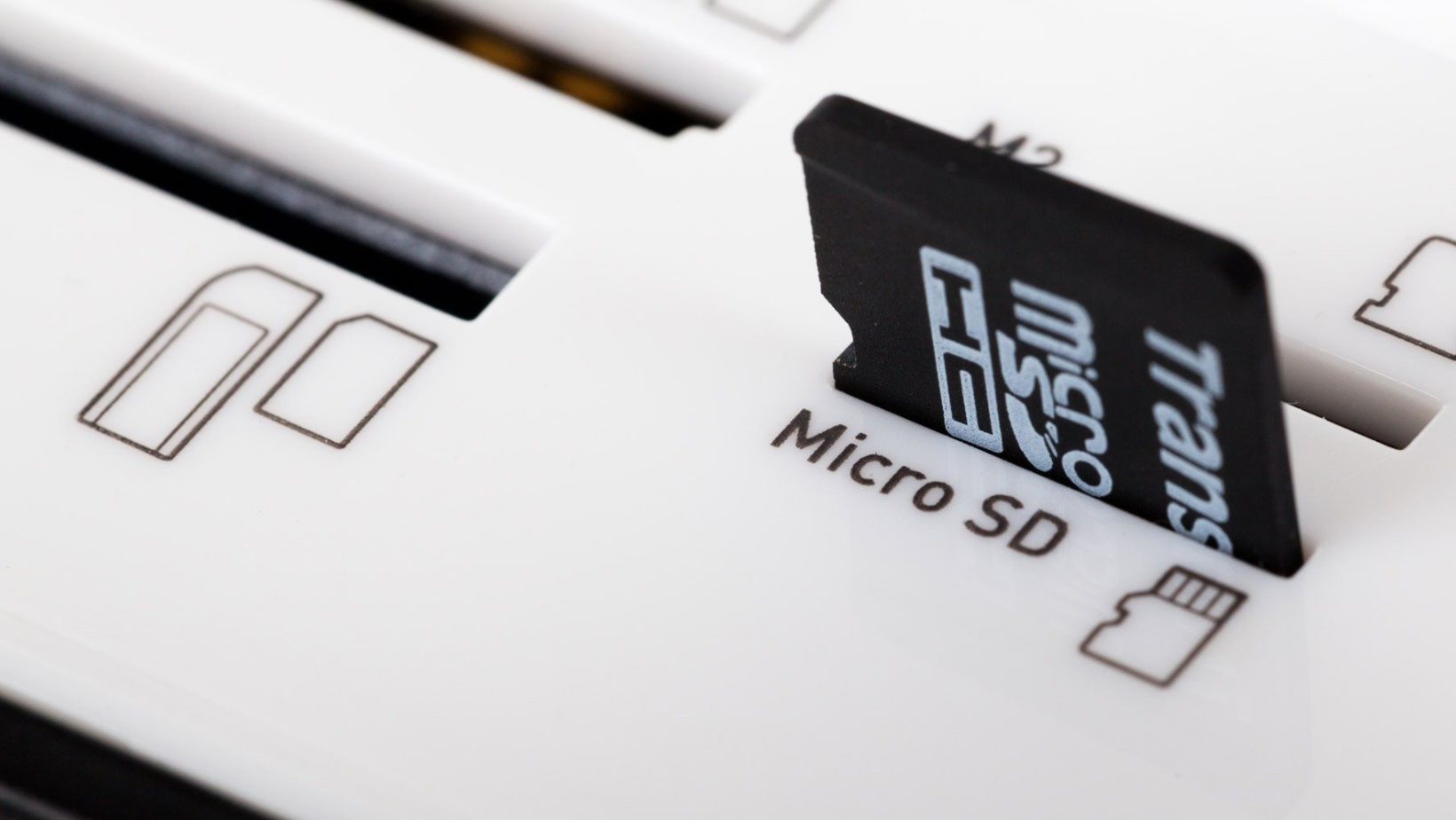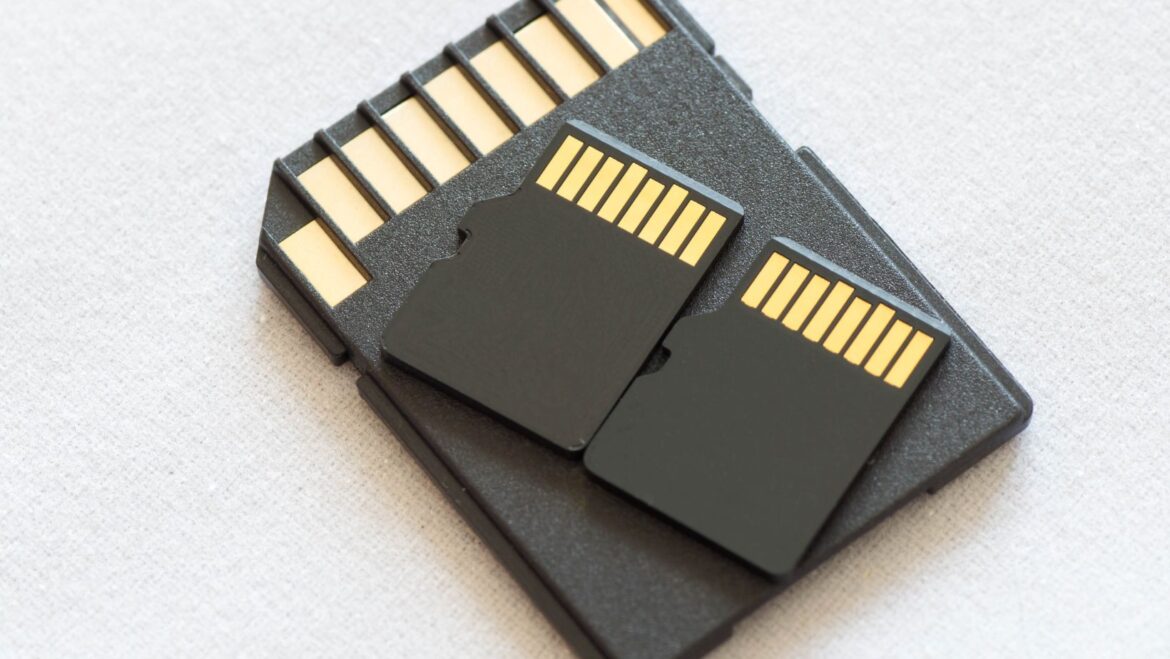Ransomware crews, credential-stuffing bots, and insider threats have all sharpened their tactics as businesses migrate data to SaaS and embrace permanent hybrid work. Traditional perimeter firewalls built for offices where every workload lived on-site no longer guard a single, well-defined boundary.
Data now flows from home offices to SaaS providers and from branch stores to multiple public clouds. Under this new topology, two technologies have emerged as complementary cornerstones: Software-Defined WAN for intelligent connectivity and Zero Trust Networking for granular, identity-driven security.
What Zero Trust Networking Means in Practice
Zero Trust rests on one deceptively simple rule: never trust, always verify. Instead of granting blanket network access after a single VPN login, Zero Trust validates identity, device hygiene, and contextual signals for every request. Least-privilege policies then limit what each session can reach, and continuous monitoring revokes access to the moment posture drifts.
Security architects implement these ideas with a small but crucial toolkit. They rely on identity providers to authenticate users and devices, policy engines to evaluate context, and broker services often labeled Zero Trust Network Access to create per-application micro-tunnels.
Examining the core components of ZTNA within broker services reveals three key functions working together: secure client connectors on user devices, cloud-hosted access gateways that keep internal applications hidden, and a control plane that maps user identity to applications only after policy approval.
Because the broker never exposes internal IP ranges, attackers cannot laterally scan even if they steal valid credentials.
What SD-WAN Brings to Modern Networks
Software-defined WAN rose to prominence by solving a different pain point: costly private circuits and rigid static routing. An SD-WAN edge device measures latency, jitter, and loss on every available link fiber, broadband, LTE, or satellite, then forwards packets along the healthiest path.
A central controller enforces global policies, so network engineers write intent once and push it to hundreds of sites. The overlay encrypts traffic, balances loads across links, and provides direct cloud break-outs, all without continuous CLI tinkering on branch routers.
That dynamic routing layer excels at keeping voice and SaaS responsive, yet SD-WAN’s native security controls typically stop at site-to-site encryption and basic segmentation. Fine-grained, identity-aware access remains outside its original charter. This gap is exactly where Zero Trust complements the fabric.
Why Zero Trust and SD-WAN Fit Together
Picture a retailer with 2,000 stores. SD-WAN edges give each outlet resilient, low-latency links to point-of-sale clouds and inventory APIs.
Adding a Zero Trust broker on top lets headquarters enforce per-application rules like cashiers see the payment service, vendors reach only supply-chain portals, and contractors receive nothing else. If malware compromises a kiosk tablet, lateral hops die at the session boundary because no broad subnet ever opens.
Identity-driven access also travels smoothly across SD-WAN’s diversified transports. A field engineer on 5 G uses the same broker agent and policy checks as a designer on office Wi-Fi. Meanwhile, SD-WAN keeps jitter low by dynamically steering the broker’s micro-tunnels to whichever underlay link performs best at that moment.

Microsegmentation benefits both layers. The Zero Trust side shrinks reachable resources to single URLs, while the overlay side ensures segmented routes never hairpin to a data center when a direct path to a SaaS instance exists. Together, they yield a network that is performant by design and secure by default.
Benefits of an Integrated Zero Trust–SD-WAN Stack
- Stronger Distributed Security – Every branch, warehouse, or remote laptop obeys the same identity policies, eliminating inconsistent firewall rule sets.
- Simplified Remote Work – Users launch one lightweight agent that handles path selection and fine-grained authorization without separate VPN profiles.
- Seamless Cloud Access – Traffic leaves the edge via the optimal link and lands in a cloud region where the broker grants least-privilege sessions to SaaS.
- Smaller Attack Surface – Internal apps stay invisible; only the broker’s front door is exposed, and it authenticates every packet.
- Unified Operations – One console shows real-time link health, policy outcomes, and security alerts, slicing troubleshooting time dramatically.
Key Use Cases Driving Adoption
Remote employees no longer need a thick VPN client and full tunnel access. A ZTNA agent authenticates through Okta or Azure AD, attests device posture, and receives per-app shortcuts.
The SD-WAN edge under the hood steers voice calls over fiber and file sync over broadband, ensuring a stellar experience even from home offices.
Retail chains deploy tablet-based POS systems in pop-up shops. Cellular SD-WAN routers bond LTE links for uptime, while Zero Trust policies restrict the tablets to payment APIs and nothing more, simplifying PCI audits.
Hospitals integrate IoT data from infusion pumps into a cloud analytics pipeline. SD-WAN meets real-time latency requirements; Zero Trust isolates medical devices from guest Wi-Fi and admin networks, satisfying HIPAA segmentation clauses.
Practical Challenges to Consider
Legacy Integration
Mainframe interfaces may lack modern identity hooks. A phased plan can front-end those apps with Zero Trust connectors while preserving back-end protocols.
Policy Complexity
Mapping every role to every application can overwhelm small teams. Start with critical SaaS and outward-facing portals, then iterate.
Platform Selection
Not every SD-WAN vendor embeds full Zero Trust; some rely on partnerships.

Ensure API depth and event sharing between stacks to avoid siloed troubleshooting.
Continuous Monitoring
Zero Trust adds rich telemetry failed authentications, device risk scores, and geolocation drift. Pair logs with SIEM to surface anomalies quickly.
Conclusion
Perimeter firewalls and hub-and-spoke tunnels cannot protect data that never touches headquarters. SD-WAN optimizes how packets travel, and Zero Trust dictates who may initiate each trip. When fused, these technologies deliver a resilient, high-performance fabric guarded by identity, context, and continuous verification.
Organizations that plan an integrated rollout today will gain the agility to support new clouds, new devices, and new threats without rebuilding connectivity from scratch.
Frequently Asked Questions
Do I Need to Rip and Replace My Existing SD-WAN to Add Zero Trust?
Not necessarily. Many platforms support third-party broker integration through service-chaining or API exchange. Evaluate native feature sets and roadmap alignment before deciding.
Will Zero Trust Increase Latency for Real-time Apps?
Brokers with global points of presence often sit closer to SaaS regions than a corporate data center would. Combined with SD-WAN path optimization, added latency is typically negligible for voice and video.
How Granular Can Policies Get?
Mature solutions let administrators factor in user identity, device health, time, location, and even behavioral risk scores, then grant access down to a single URL or TCP port for the minimum required duration.






